French cheese: j’adore le fromage
Overseas travel might not be an option right now, but thanks to the magic of the internet, you can still enjoy a European experience without even having to find your passport, or change out of your PJs. For the first time ever, the highly anticipated Bon Fromage Festival of European Cheese is being held online, bringing the wonderful world of French cheese to homes across Australia. A celebration of Frances’ finest fromage, the virtual cheese festival launched on Saturday and will run until November 29.
The festival offers cheese lovers access to interactive demonstrations that will take you on a gastronomical journey as you master the art of French cheese from the comfort of home.
Recognised as one of France’s best cheesemongers, Bon Fromage ambassador and French cheesemonger François Robin is leading the festival, sharing his passion and extensive knowledge of French cheese with cheese-loving Australians. He spoke with Eativity to share a little “fromage 101”, along with his top tips on serving, matching and storing cheese.
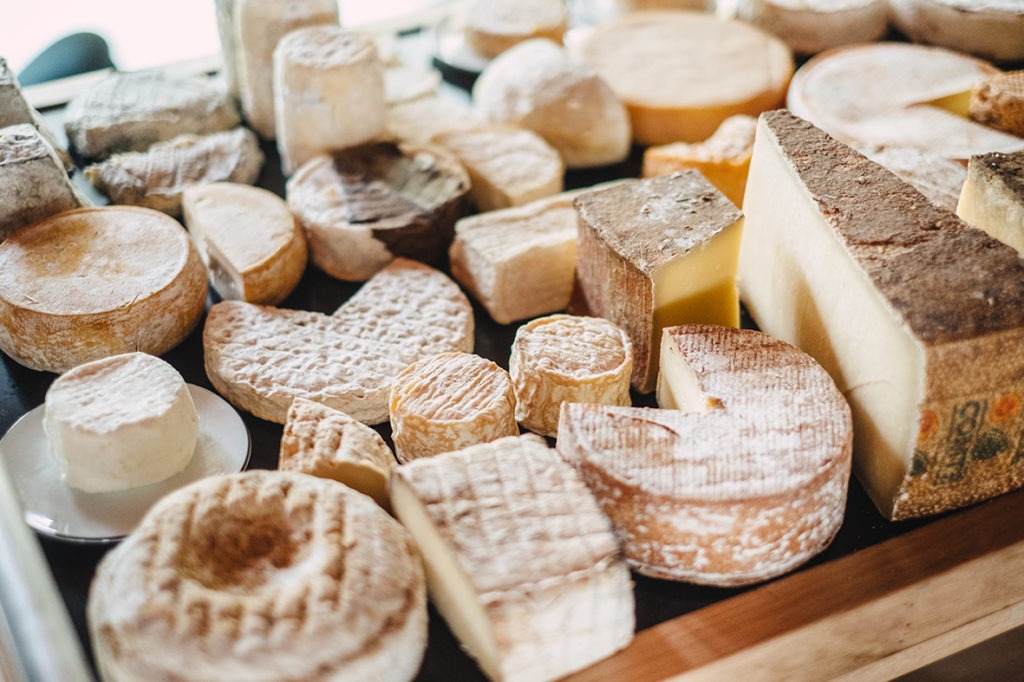
Types of French cheese
There are more than 2000 different types of French cheese, and Robin says that new ones are being introduced every week, but they all fit into the following cheese families:
1. Fresh cheeses such as feta or cream cheese
2. Natural rind cheeses such as camembert or brie
3. Whey cheeses such as ricotta
4. Washed rind cheeses such as Époisses or Munster
5. Blue cheeses such as Bleu d’Auvergne
6. Alpine cheeses such as Comté
7. Pressed cheeses such as raclette
“Cheese sits alongside wine and bread in French food culture,” Robin says. “The classic meal will always include cheese after the main and before sweets.”
According to Robin, cheeses like camembert were originally made in the north of France, because a rainy climate was needed to produce the best cow’s milk. Hard cheeses are common in mountain areas and goat or ewe cheese is usually made in the south of France.
“We also have a great label – PDO, or Protected Designation of Origin – which means that certain cheeses must be made in definite areas using the milk of local breeds and following specific making or ripening technics,” he explains. “Roquefort has been protected this way since 1925, and today 46 cheeses have this coveted label.”
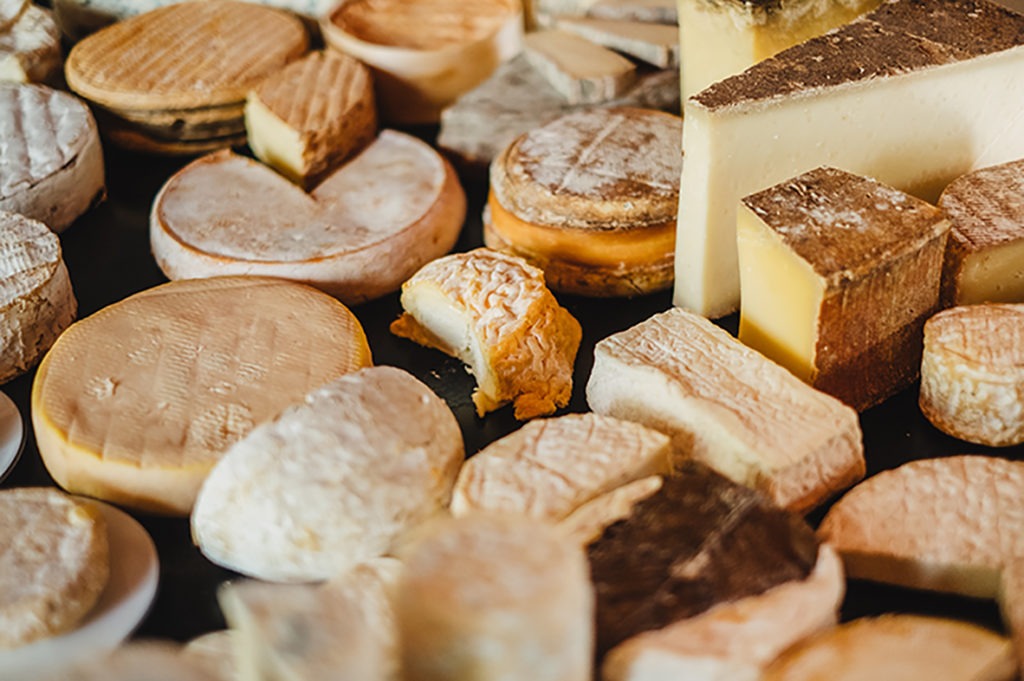
Serving your cheese like a pro
When serving cheese to your guests, Robin recommends that it’s best to ensure that you’re giving everyone the same quantity of rind and heart, or the inside of the cheese.
“It’s a question of etiquette and polite sharing,” he explains. “Cut a wheel of cheese from the centre to the edge in triangle shapes. Cutting parallel slices will mean the first and last guests will only get the rind.”
The number of cheeses you serve is up to you, but for an average group of 20 guests, Robin would recommend seven different cheeses, with as broad a range as possible.
“Include goat, ewe and cow milk cheeses; cheeses with runny, creamy, hard and crumbly textures; and super-milky to super-strong cheeses,” he says.
Your local cheese supplier can help you choose cheeses to build your board. The next step is adding condiments such as dried fruits, nuts, grapes, honey and jams.
“A good idea is to also pre-cut the cheeses in small portion slices, to indicate the sharing size to guests,” Robin continues. “If you can, have one knife per cheese so that the flavour of each cheese remains intact and they don’t merge.”
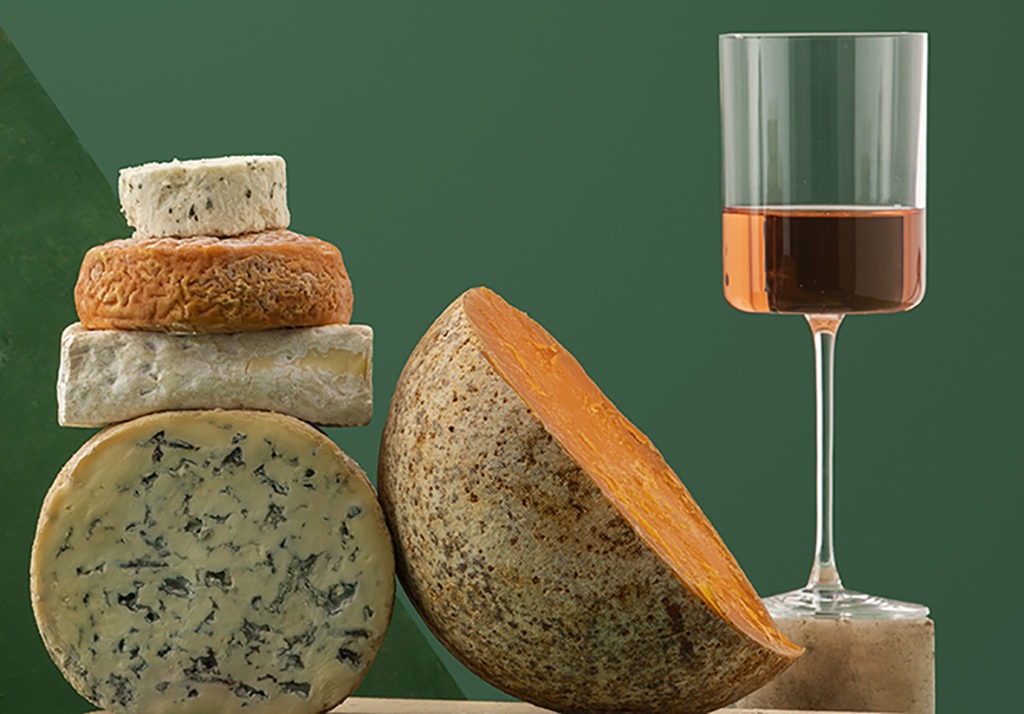
Pairing cheese and wine
When pairing cheese and wine, there are many delicious choices, but Robin’s favourites are:
Camembert and brie are both great with apple cider, especially if it’s also a local match.
Comté and a pale ale, although most cheeses are great with beer.
Goat’s cheese and white wine such as chardonnay or sauvignon.
Tomme and fruity red wine like Beaujolais or pinot noir.
Blue cheese and sweet or port wines are a perfect pairing.
Triple-cream fresh cheese like Brillat-Savarin with sparkling wine.
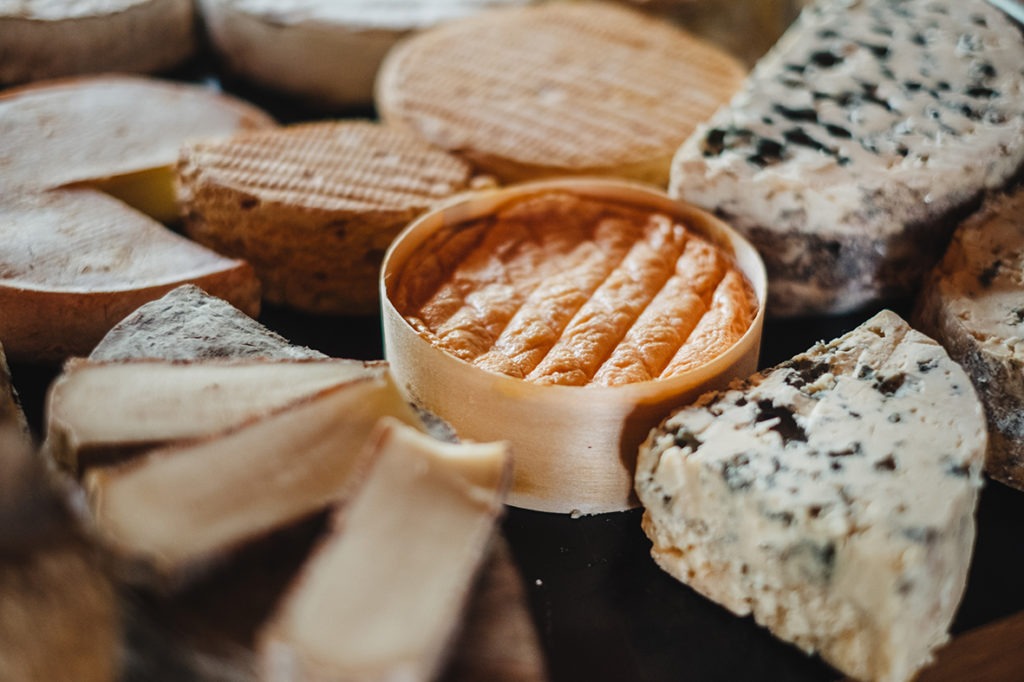
Get your temperature right
Robin says that the best conditions for storing cheese would be a cellar that’s at around 10°C with 95 percent humidity and low airflow.
“But let’s be honest, nobody has this kind of equipment at home,” he says. “So the fridge is the second-best option for storing cheese.
“When serving cheese, aromas will be perfect at room temperature [18°C] and will become a little less perfect over 20°C. The best thing to do is to put your cheeses out of the fridge for about 30 minutes (or less if it is a warm day) before eating them.”
Finally, Robin advises that storing any leftover cheese in paper is better than cling film, which can be harmful to the quality of the cheese.
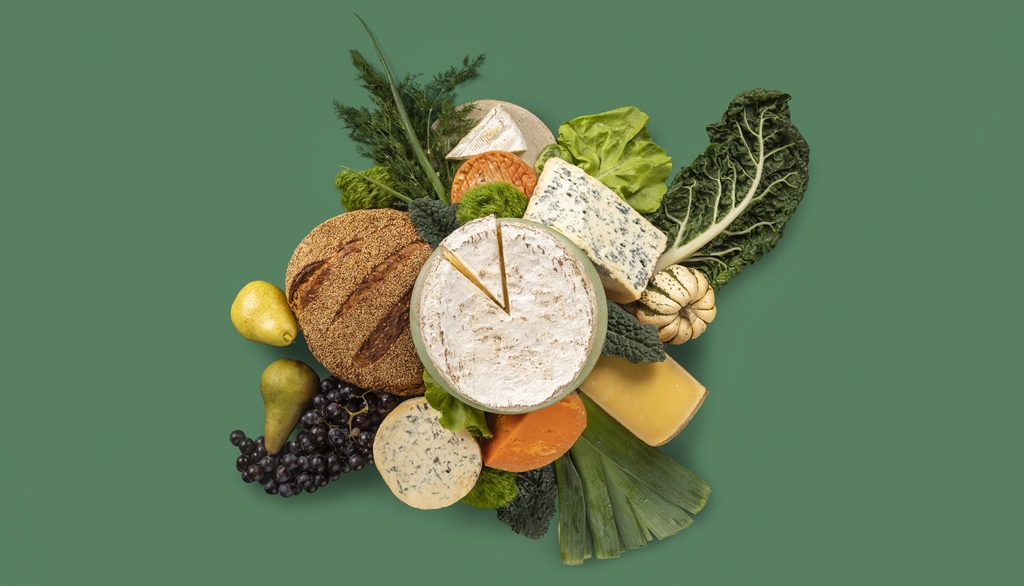
Enjoy a cheesy VIP experience
For an extraordinary culinary experience, a limited selection of Bon Fromage Festival VIP packs with exclusive workshops are available. Each VIP pack and masterclass has been curated by some of Australia’s leading artisanal cheese and beverage merchants, including Sydney’s Simon Johnson Quality Foods, Adelaide’s Smelly Cheese Shop and The Drink Hive.
To find out more, head to bonfromagefestival.com.au









